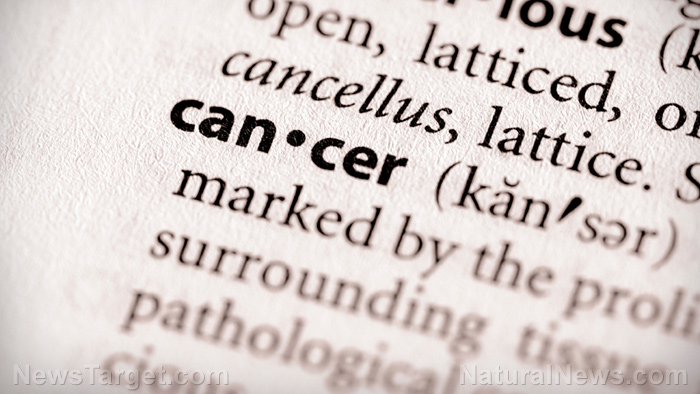
Naked mole rats have long been a source of fascination to scientists. These cold-blooded mammals can go as long as 18 minutes without oxygen, they form breeding colonies like insects, and they appear not to age, which means they’re as likely to die when they’re 25 as they are when they’re 1. Females don’t undergo menopause and stay fertile throughout their lives, and they have a disproportionately long lifespan for their size. Perhaps the most interesting feature about these rodents, however, is their inability to get cancer.
The naked mole rat has a unique cellular structure that prevents it from getting cancer, making them nearly immune to the deadly disease. Learning more about how and why this happens could lead to a significant breakthrough in preventing and even treating cancer in humans and other species.
The molecule responsible for this near-immunity is known as high-molecular-weight hyaluronan, or HMW-HA. Scientist Vera Gorbunova of the University of Rochester made this important discovery. When Gorbunova, who has specialized in DNA repair, cellular senescence and telomeres in her academic career, decided to focus on aging, she felt that studying species that live a long time could be more fruitful than the standard approach of looking at simple organisms with very short lifespans. The approach has certainly paid off with this tremendously useful finding.
Gorbunova says that while humans also happen to produce hyaluronan, we don’t make the right type or enough of it to keep cancer at bay. A non-protein component of the extracellular matrix, hyaluronan is found between our cells and gives tissues their structure. It holds water, which prevents tissue from collapsing, and it interacts with cell receptors. When studying the cancer resistance of naked mole rats, her research team was surprised to find that the animals’ cells made the culture medium quite viscous, something that doesn’t happen with human or mouse cells. After some trial and error, they discovered it was hyaluronan.
The power of the elements: Discover Colloidal Silver Mouthwash with quality, natural ingredients like Sangre de Drago sap, black walnut hulls, menthol crystals and more. Zero artificial sweeteners, colors or alcohol. Learn more at the Health Ranger Store and help support this news site.
How does it help build resistance to cancer?
Gorbunova notes that naked mole rat cells do not grow as densely as those of humans and mice do. The cells leave space between them rather than sitting tightly next to each other. This is significant because in tumors, cells tend to crowd quite a bit. By preventing this crowding, they believe the hyaluronan is creating this cancer resistance. She points out the barrier isn’t physical in nature; instead, it’s more of a signaling barrier wherein the hyaluronan tells the cell receptors to stop dividing.
In humans, hyaluronan is merely a structural component of tissue that degrades quickly. In naked mole rats, however, they have longer molecules and a lot of hyaluronan, and they upregulate it at very high levels. If humans could also upregulate it, Gorbunova believes we might derive the same anti-cancer benefits from it.
Studies are already underway examining how this finding could help people prevent cancer. It’s a very complex task, however. Simply injecting it where needed would be the easiest approach, but it’s far from practical in cancer, which can strike anywhere in the body. Her team is now working on creating small-molecule drugs that can slow the degradation of hyaluronan in people’s bodies so that their levels of it can be systemically raised.
Interestingly, it’s not just cancer that these rodents resist. Researchers have also been unable to induce arthritis in them. Mice will develop it in weeks when a surgical procedure for inducing human arthritis in them is used, but the naked mole rat seems to be immune to it. The rodents also are resistant to heart disease. This means that studying the animals could well inspire the development of more than one potential treatment or preventive measure for some of the biggest health problems plaguing modern man.
Read Cancer for more breakthroughs on cancer research.
Sources include:
Endpoints.ElysiumHealth
SmithsonianMag
